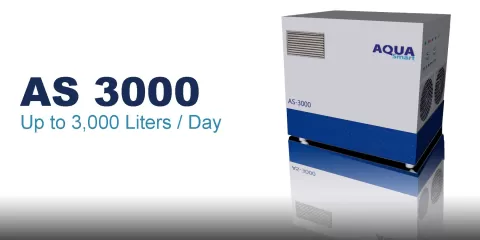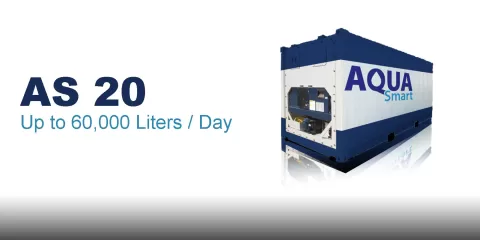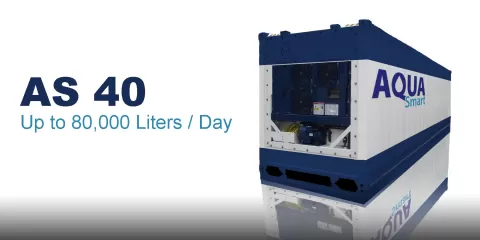
In urban landscapes, the deployment of AquaSmart in residential settings holds transformative potential, offering a paradigm shift in water supply dynamics. Here’s how AquaSmart stands to improve urban living both socially and economically:
1. Water Independence: AquaSmart liberates urban dwellers from overdependence on centralized water supply systems. By providing a decentralized water generation solution, residents gain autonomy and resilience against disruptions in traditional water sources, contributing to a more self-sufficient and water-secure community.
2. Cost Savings: Residents can experience significant cost savings by reducing reliance on water utilities. AquaSmart's efficient water generation process translates into lower water bills for households, enhancing economic well-being and affordability for a broad spectrum of urban demographics.
3. Community Resilience: In times of water scarcity or disruptions, AquaSmart ensures a steady water supply at the community level. This fosters resilience by reducing the vulnerability of neighborhoods to water-related challenges, creating a sense of security and stability.
4. Environmental Consciousness: Urban communities utilizing AquaSmart demonstrate a commitment to sustainable living. By tapping into an eco-friendly water generation technology, residents contribute to environmental preservation, reducing the overall ecological footprint of the community.
5. Improved Health and Hygiene: Reliable access to clean water promotes better health outcomes within communities. AquaSmart's water generation process prioritizes purity, addressing health concerns associated with waterborne diseases. This leads to improved overall well-being and healthcare outcomes.
6. Social Equity and Inclusion: AquaSmart promotes social equity by ensuring that all residents, regardless of their location or socio-economic status, have access to a reliable water supply. This inclusivity contributes to building stronger, more connected communities, fostering a sense of shared responsibility.
7. Enhanced Urban Planning: The adoption of AquaSmart influences urban planning strategies. Cities can envision decentralized water solutions as integral components of their infrastructure, leading to more resilient and sustainable urban designs. This innovation aligns with the goals of smart city initiatives globally.
8. Community Engagement: AquaSmart installations in residential areas encourage community participation. Residents become stakeholders in their water supply, fostering a sense of community engagement and environmental responsibility. This shared commitment contributes to a more vibrant and connected urban fabric.
In summary, AquaSmart's application in residential settings not only addresses immediate water supply challenges but also catalyzes broader social and economic benefits. By fostering water independence, environmental consciousness, and community resilience, AquaSmart emerges as a catalyst for sustainable and improved urban living.






